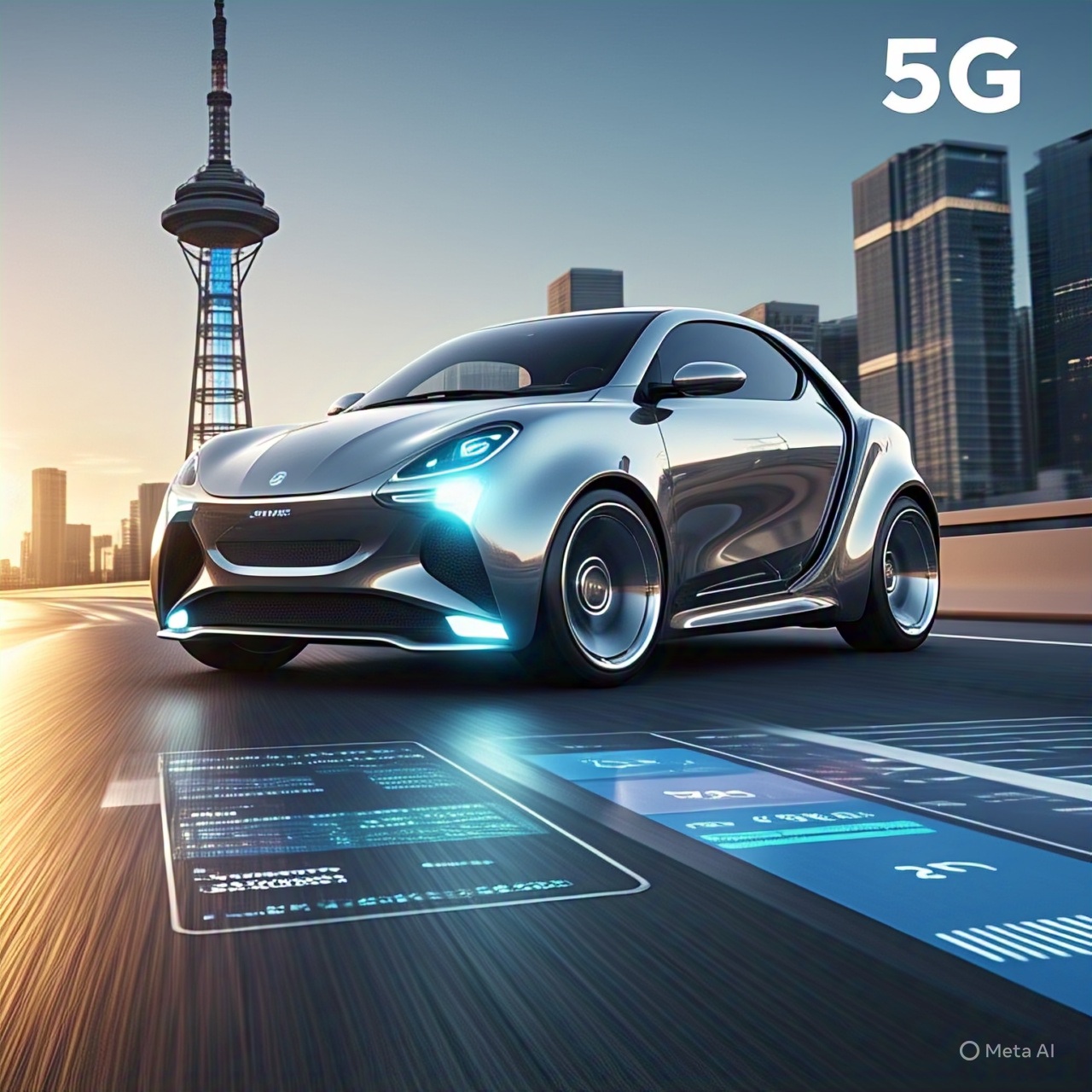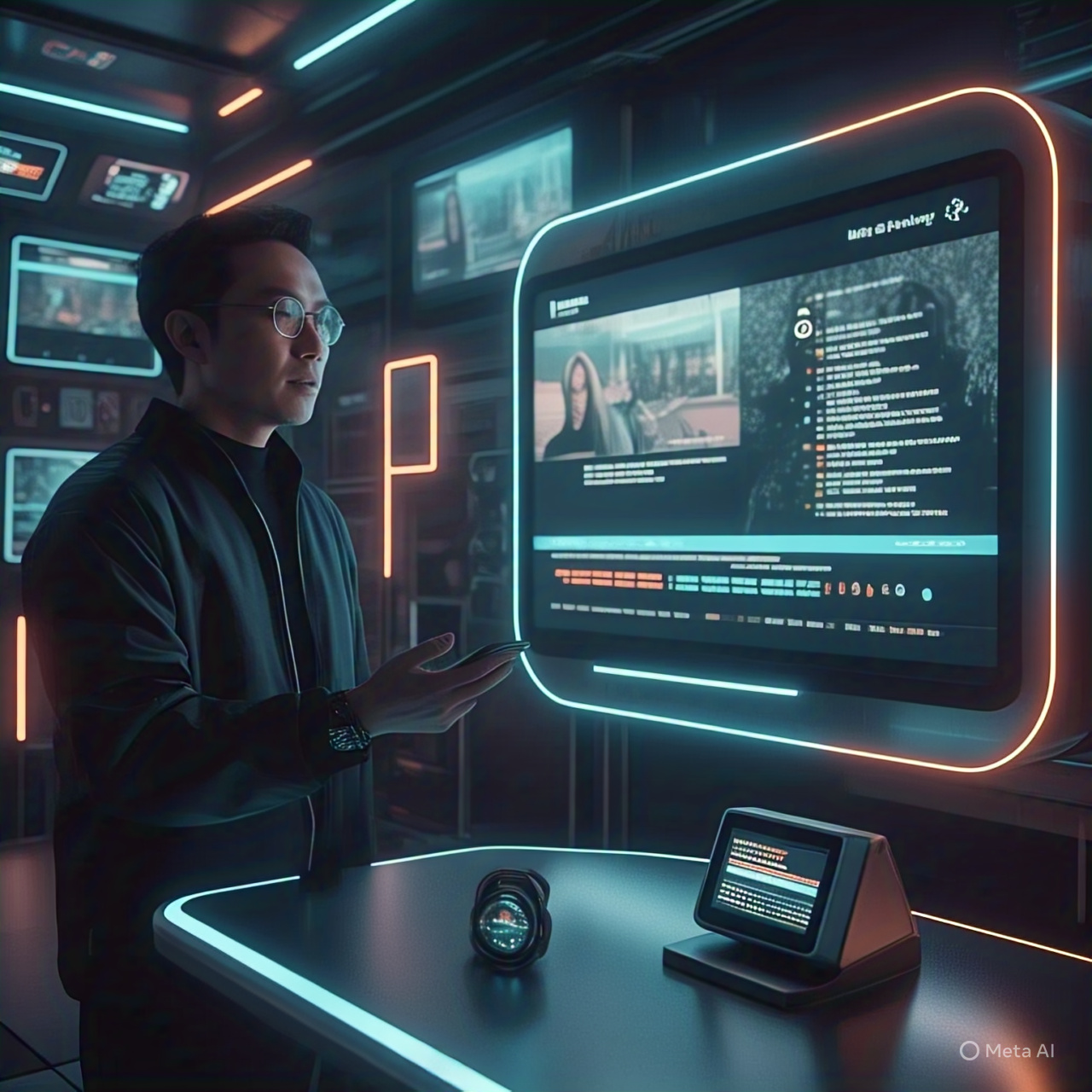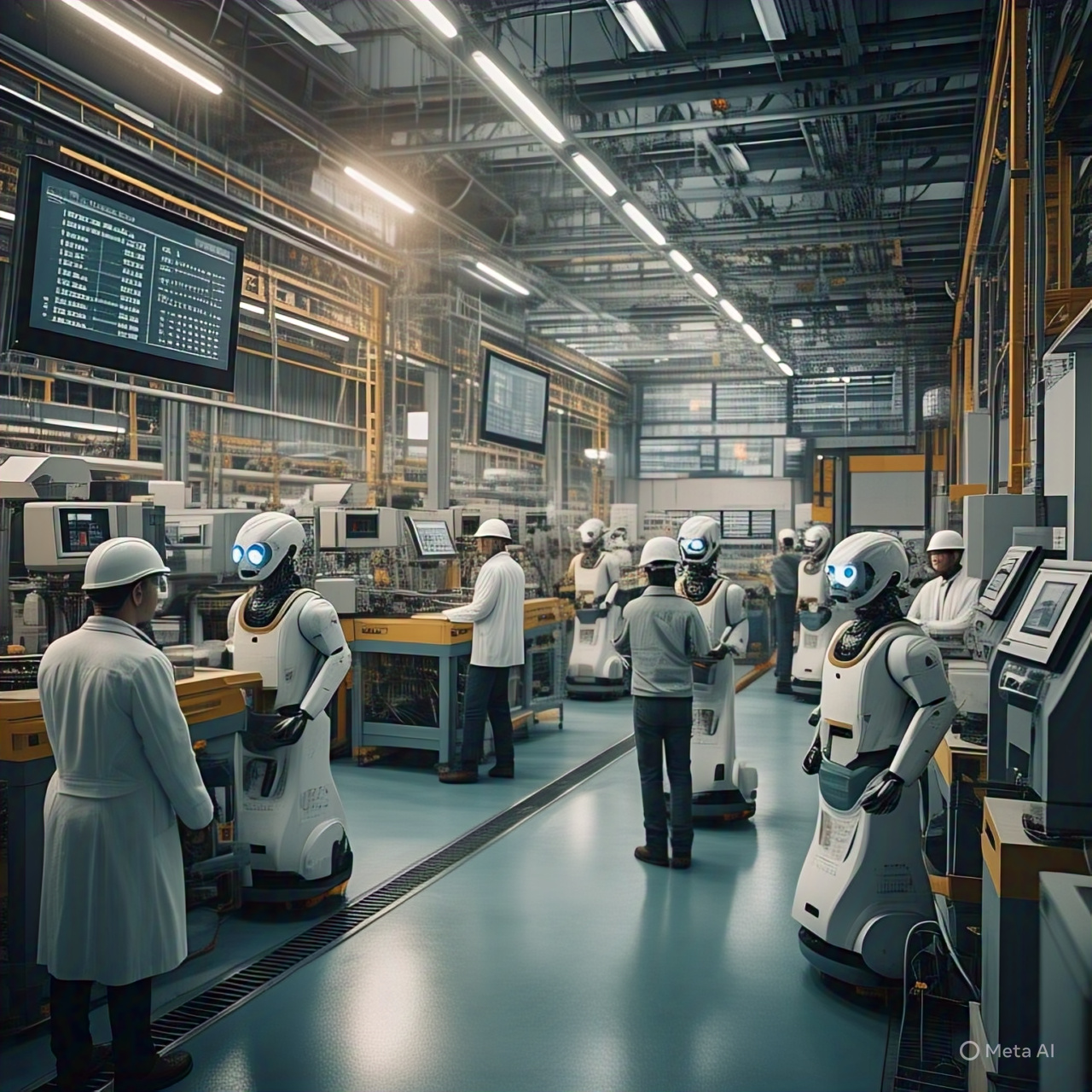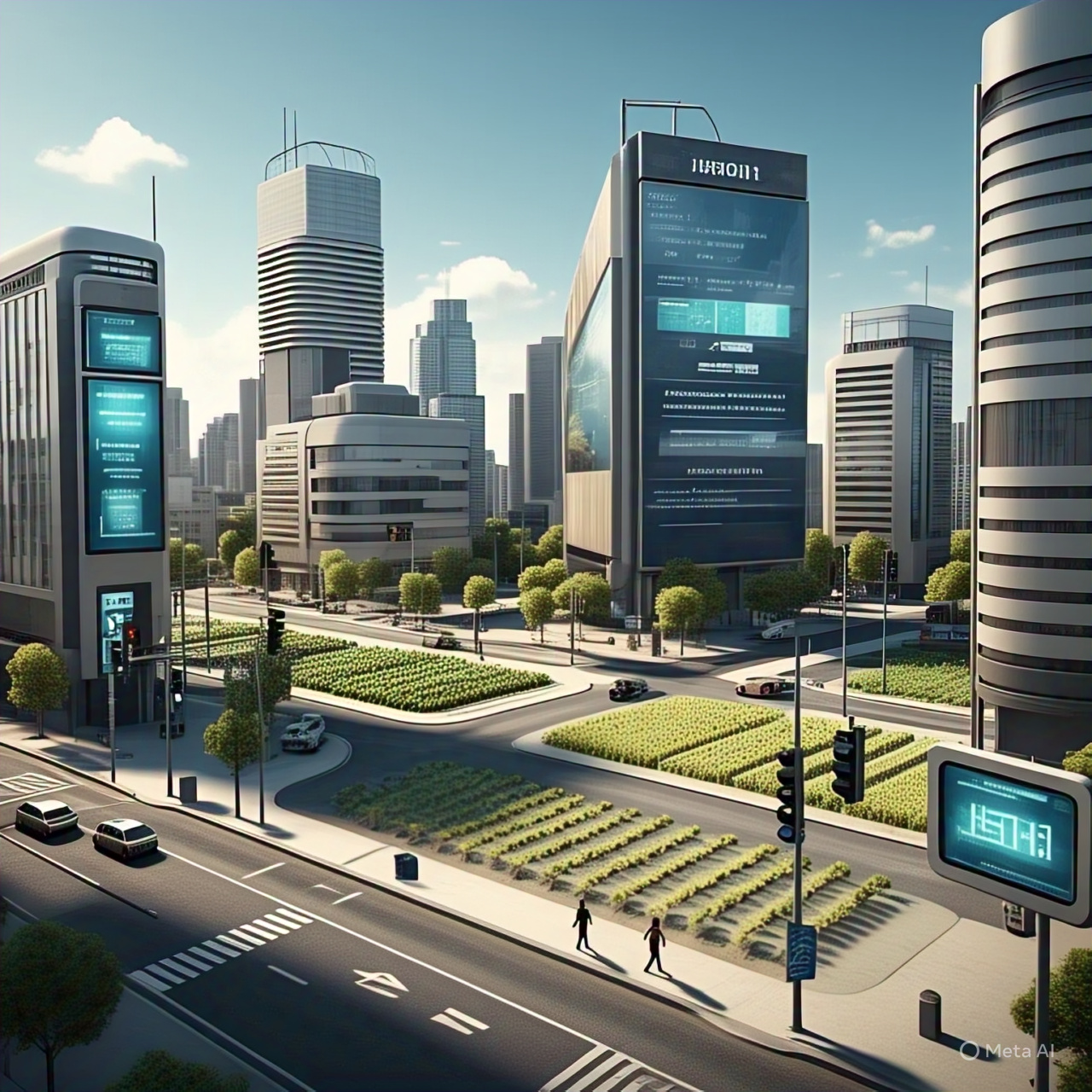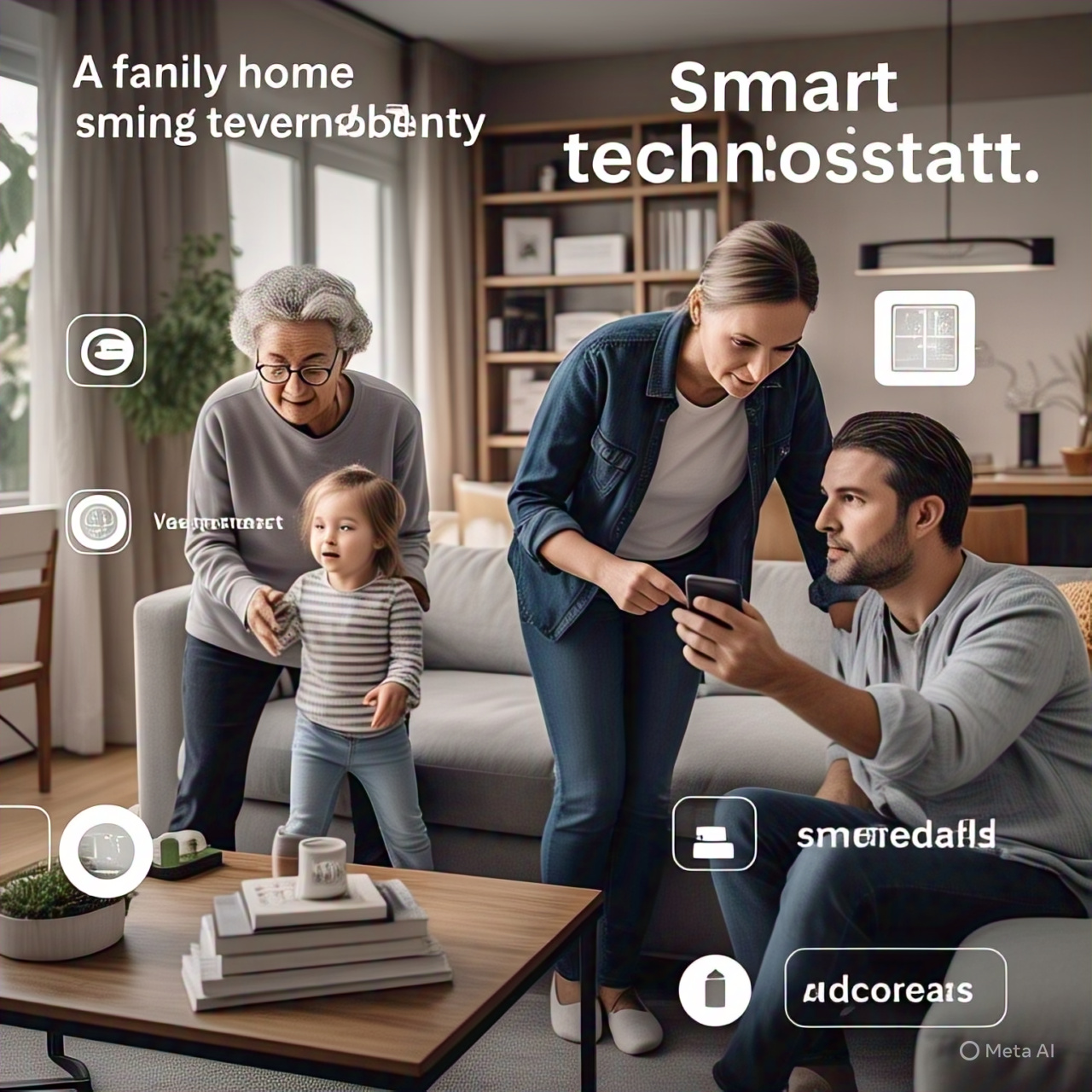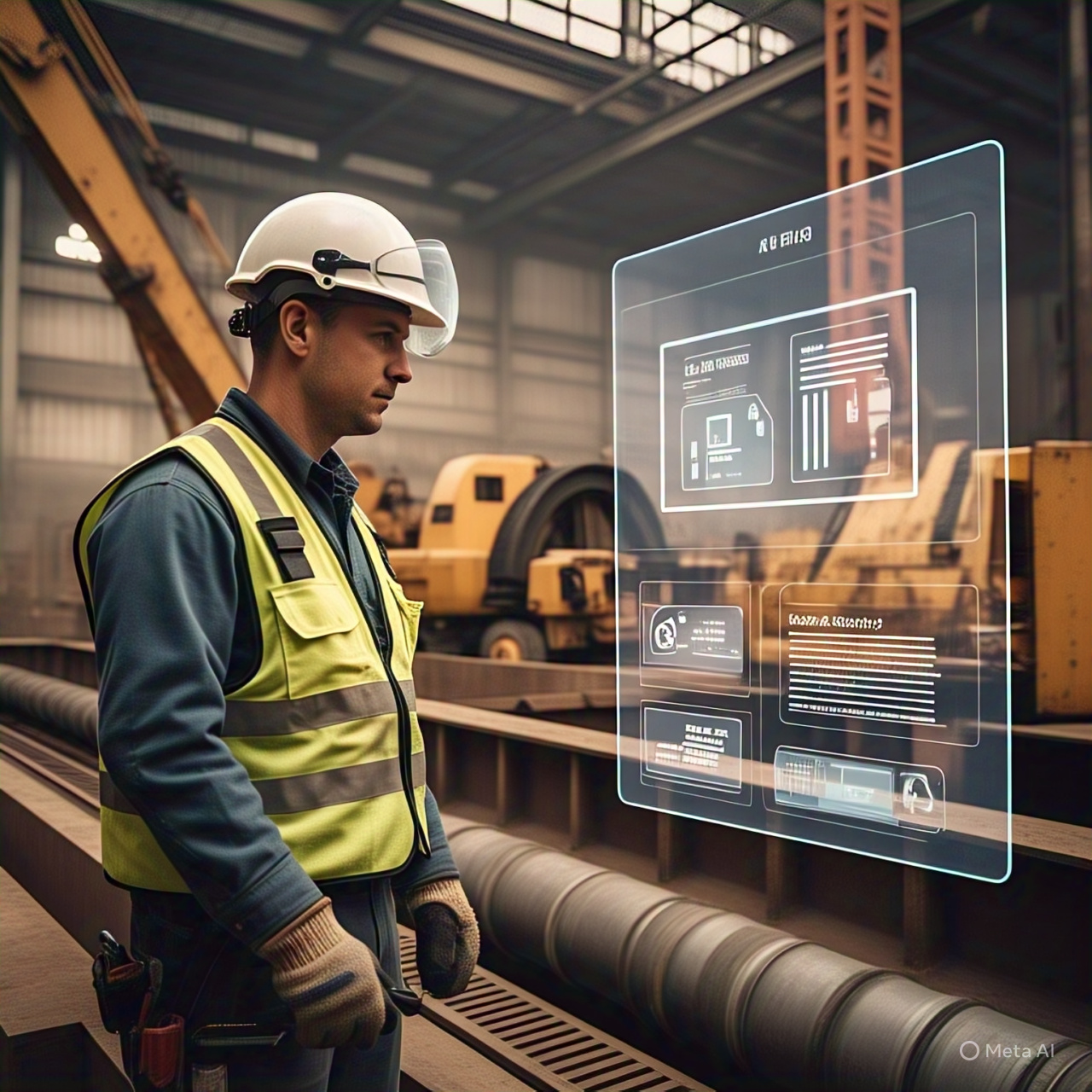As the automotive industry ushers in a new era, smart connections, Internet of Things Automotive , and data exchange are revolutionizing the way automobiles function and engage with their environments.
The ecosystem of automotive Internet of Things is one of the primary drivers of this transformation.
What Is the Internet of Things (IoT) and What Does It Mean for the Automotive Industry?
The “Internet of Things” (IoT) is a system of interconnected computing devices that allows for the immediate transfer of data.
When it comes to cars, the Internet of Things (IoT) integrates hardware, software, sensors, and cloud computing.
These networked systems allow for monitoring, decision-making, and automation in real-time.
Crucial Components of the Web of Things
-
Keep an eye on things like gas levels, tire pressure, and engine performance with the help of automotive ecosystem sensors.
-
Provide real-time route optimization and traffic alerts with GPS and navigation.
-
Host and process vast volumes of data pertaining to drivers and vehicles on cloud platforms.
-
Improve vehicle monitoring and diagnostics with telematics.
-
Connectivity Modules: Achieve 4G/5G connectivity and enable data to be shared.
Intelligent Applications of Automotive IoT
1. 🚦 Real-Time Traffic Management
-
Intelligent traffic control and navigation using real-time traffic data to alleviate congestion.
-
Itinerary creation that is responsive to changing traffic and environmental factors.
-
Capacity for emergency rerouting and warnings of potential dangers.
2. 🏧 Predictive Maintenance
-
IoT sensors detect potential issues prior to their escalation.
-
Notifications for service needs, part replacements, or oil changes.
-
Reduces the cost of repairs and the amount of time a vehicle wastes not moving.
3. Enhancements to Vehicle Safety
-
Immobilizers and GPS trackers to deter theft.
-
Alerts sent instantly in the event of unauthorized entry or movement.
-
Smartphone apps that allow users to remotely lock and open their doors.
4. Capabilities for Autonomous Driving
-
Vehicle judgment using AI and ML integrated.
-
Streamlined connection between vehicles and infrastructure (V2I).
-
Enhanced situational awareness via radar, LiDAR, and ultrasonic sensors.
Benefits of the Internet of Things for the Automotive Industry
-
Real-Time Monitoring: Constant updates on vehicle status, location, and health.
-
Improved Security: Smart sensors alert drivers or initiate autonomous braking.
-
Preventive Maintenance: Saves money by lowering the frequency of costly and time-consuming repairs.
-
Customer Experience: Remote diagnostics and personalized driving advice.
-
Fleet Optimization: Fuel monitoring and efficient route planning for logistics companies.
Repercussions for the Mobility Industry
-
Vehicle designs are starting to include Internet of Things automotive platforms.
-
Startups and IT behemoths are collaborating to build connected car ecosystems.
-
Insurance firms use telematics data to provide usage-based insurance (UBI).
-
Governments are pushing for smart infrastructure to support connected transportation.
Usage Cases in Various Industries
🏢 Fleet Management & Logistics
-
Research of fuel usage and fleet monitoring in real time.
-
Predictive vehicle maintenance for commercial fleets.
-
Diagnostics and remote scheduling services.
🚜 Rural Transportation and Agriculture
-
Use of automobile sensors to track rural supply routes.
-
Monitoring weather conditions to alter delivery itineraries.
-
Smart tractors with IoT capabilities for enhanced output.
🚑 Vehicles for Medical and Emergency Purposes
-
Optimizing ambulance routes with traffic-free recommendations.
-
Continuous health monitoring of emergency vehicles.
-
Real-time data sent to hospitals for better patient preparedness.
📊 Real-Life Automobile Applications of the Internet of Things
-
Tesla: Offers software updates remotely and real-time diagnostics.
-
BMW ConnectedDrive: Provides in-car services and cloud-based entertainment.
-
FordPass: Features remote start, live monitoring, and low gas alerts.
-
Volvo On Call: Includes concierge service and safety alerts.
Problems with the Safety of the Internet of Things
-
Cybersecurity Threats: Software and wireless network vulnerabilities.
-
Data Privacy: Collection of individual and driving-related data.
-
Device Authentication: Risk of unauthorized control system access.
Solutions
-
Secure encryption of all data streams from start to finish.
-
Security patches sent wirelessly (OTA).
-
Multi-factor authentication for remote vehicle access.
-
Blockchain integration for immutable data and transactions.
How the Internet of Things Will Shape Future Innovation in the Automotive Industry
1. Integration with 5G Networks
-
High-speed communication and very low latency.
-
Seamless integration with driverless cars.
-
Combination of cloud and edge computing.
2. AI and Machine Learning Integration
-
Real-time learning from environment and driver behavior.
-
Prescriptive diagnostics based on historical data trends.
-
Autonomous decision-making for safer driving.
3. Smart City Incorporation
-
Data exchange between vehicles and traffic signals for smooth flow.
-
Connected parking spots showing availability.
-
V2X communication connecting vehicles to everything.
Cost Estimates for Automotive IoT
-
Telematics on Basic Vehicles: $5,000 – $15,000
-
Autonomous Vehicle Systems: $50,000 – $200,000
-
AI-Powered Predictive Maintenance: $10,000 – $30,000
-
Intelligent Parking Sensors: $2,000 – $10,000
-
Fleet IoT Dashboard Setup: $20,000 – $100,000
Worldwide Patterns of Adoption
-
North America: Rapid adoption thanks to IT giants like Google and Apple.
-
EU Legislation: Enforcing safer smart car operation.
-
Electric Vehicle Market: Growing demand for built-in IoT features.
Asia-Pacific
-
China and Japan lead in connected vehicle manufacturing.
-
Integration with smart city projects.
Emerging Markets
-
African and Middle Eastern nations adopting IoT for public transportation.
-
Initiatives for affordable IoT vehicle upgrades.
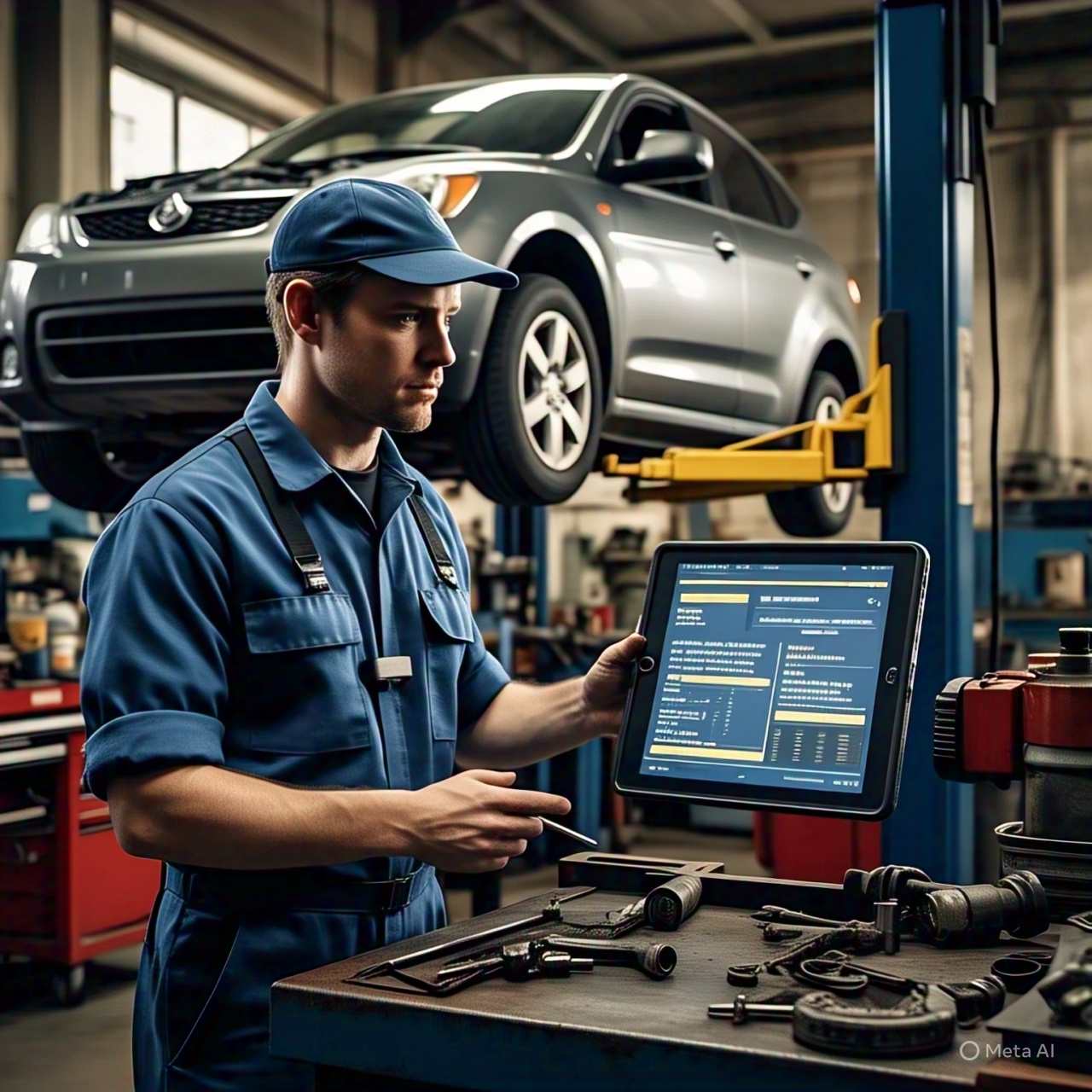
Key Infrastructure Challenges
-
Connectivity Issues: Inconsistent 4G/5G coverage in rural areas.
-
Lack of Global Standards: Ongoing standardization efforts needed.
-
Funding Challenges: High initial investment for large-scale implementation.
-
Energy Consumption: IoT sensors reducing vehicle range.
Execution Best Practices 🛠
-
Check feasibility before implementation.
-
Choose systems compatible with future updates.
-
Keep firmware updated for security.
-
Educate drivers and users on system use and safety.
Guide to Choosing an Automotive IoT Partner
-
Proven proficiency in automotive IoT infrastructure.
-
Clear pricing and payment plans.
-
Prioritize data security and regulatory compliance.
-
Ability to scale across multiple vehicle types.
🚀 The Role of Cloud and Edge Computing
-
Edge Computing: Reduces latency by processing data locally.
-
Cloud Platforms: Enables machine learning and large-scale data storage.
-
Hybrid Systems: Combines real-time response with centralized analytics.
Roadmap for Businesses
-
Assess existing systems and standards.
-
Define clear IoT integration goals.
-
Select technology partners with industry expertise.
-
Start with pilot programs before full-scale rollout.
-
Train teams for efficient system usage.
-
Use analytics and dashboards for real-time monitoring.
What’s Next for the Internet of Things?
-
Digital Twins: Virtual vehicle models for simulation and testing.
-
Connected Wearables: Track driver vitals through IoT.
-
Smart Assistants: Voice-activated control integration.
-
Green Tech: IoT-enabled systems for pollution control and fuel optimization.
Last Thoughts
The Internet of Things revolution in automobiles is more than a passing trend; it is fundamental to the modern transportation industry.
Connected cars and fleets are changing the way we interact with them, from making roads safer to making logistics easier.
In conclusion, the Internet of Things is enabling connected technologies to revolutionize transportation in the automotive industry.
From self-driving cars to smart maintenance, the Internet of Things has many possibilities.
Careful preparation and risk-free execution may help businesses reach their maximum potential.
As the necessary infrastructure is put in place and costs decrease, this technology will eventually find its way into cars worldwide.
We have arrived to the connected future.
